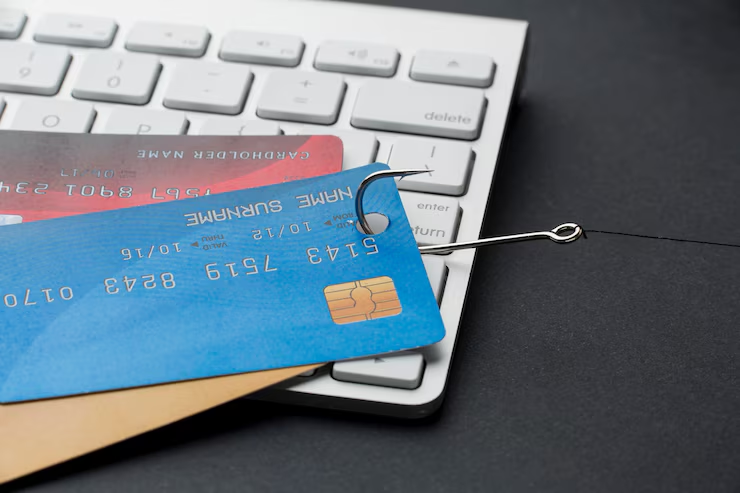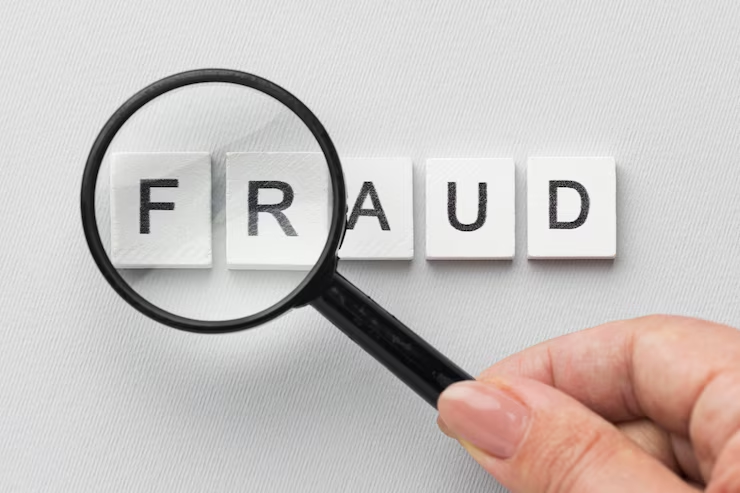How to Avoid Online Banking Scams has become vital knowledge in an age of digital finance. At Spread Safe, we’re committed to empowering readers with practical guidance. Millions trust online banking for convenience but scams lurk in emails, apps, and messages, ready to steal credentials or money.
Our goal is simple: teach you clear, human-based tips to protect your accounts. No technical jargon, just honest advice drawn from real-world experiences. With awareness and small adjustments to your routine, you can significantly reduce risk and feel confident managing money online.
Understanding Common Online Banking Scams
Phishing Emails and Fake Websites
Scammers often send emails mimicking your bank, asking you to “confirm login details” or “verify your identity.” These usually contain links leading to clone websites. Once you enter credentials, they capture everything.
SMS and Phone Call Scams
Also known as “smishing” or “vishing,” fraudsters may call posing as bank reps, pressuring you to reveal OTPs or passwords, or trick you into transferring money.
Malware and Fake Banking Apps
Malicious software can log keystrokes or take screenshots. Fake banking apps appearing in legitimate app stores steal credentials as users log in.
Man-in-the-Middle Attacks
On unsecured Wi‑Fi, hackers can intercept data transmitted between your device and bank servers. That includes login details or transaction data.
Key Practices for Security
1. Choose Strong, Unique Passwords
Never use the same password for multiple accounts. A strong password combines uppercase, lowercase, numbers, and symbols. Consider using a reputable password manager to store them safely.
2. Enable Two-Factor Authentication (2FA)
Add a second protection layer. SMS codes are better than nothing but even stronger are authenticator apps or hardware tokens. Avoid SMS-only where possible.
3. Spot Phishing and Scams
Always check the sender’s email closely fraudsters often use slight misspellings. Hover over links to view the true destination. If in doubt, log in manually through your bank’s official app or website.
4. Use Official Banking Apps Only
Download banking apps exclusively from trusted sources Google Play Store, Apple App Store. Check developer names and user reviews. Remove unused apps regularly.
5. Keep Software Updated
Operating systems, browsers, and banking apps receive security patches regularly. Apply updates promptly to protect against new threats.
6. Avoid Public Wi-Fi for Sensitive Tasks
Avoid doing banking on open Wi‑Fi or public networks. If needed, use mobile data or pay for a secure VPN connection from reputable providers.
7. Monitor Accounts Regularly
Check transactions daily or weekly. Most scams show unusual charges early acting quickly helps prevent loss.
8. Educate Yourself and Family
Talk to older relatives or younger users who may be less tech-savvy. Share tips on spotting scams and staying secure.
Recognizing Signs of a Banking Scam
- Urgent language (“act now or account locked”)
- Unexpected phishing calls claiming to be from your bank
- Requests for personal information like password or OTP
- Requests to install unknown apps or software
- Too-good-to-be-true offers that require login or upfront payment
- Messages with poor spelling or grammar
- These red flags help you recognize fraud before you respond.
What to Do If You Encounter a Scam
- Do not reply or click any links.
- Report the message or call to your bank immediately.
- Change your passwords and enable 2FA.
- Run antivirus and anti-malware software on your device.
- Monitor account activity for unauthorized transactions.
FAQs
Q1. Can banks request passwords or OTPs?
A: No. Banks never ask for login credentials or OTPs via email, SMS, or phone. If they ask, it’s a scam.
Q2. How do I know if an app is genuine?
A: Confirm the developer is the bank and check app reviews. Avoid apps with low downloads or suspicious permissions.
Q3. Are antivirus programs necessary for smartphones?
A: Yes especially on Android. A reputable antivirus app can detect phishing links and malware.
Q4. Is it safe to use banking on mobile network instead of Wi‑Fi?
A: Absolutely mobile networks encrypt your connection, reducing risk compared to open Wi‑Fi networks.
Q5. What if my account is hacked?
A: Immediately contact your bank to freeze funds. Report fraud, change passwords, and consider identity theft protection services.
Conclusion
Knowing How to Avoid Online Banking Scams is not just useful—it’s essential. At Spread Safe, we empower people to take smart, life-enhancing steps. Using strong passwords, enabling 2FA, updating software, and being alert to phishing helps you protect your hard-earned money. Remain vigilant, stay educated, and treat your online banking safety as a habit—because every small precaution compounds into lasting financial security.




